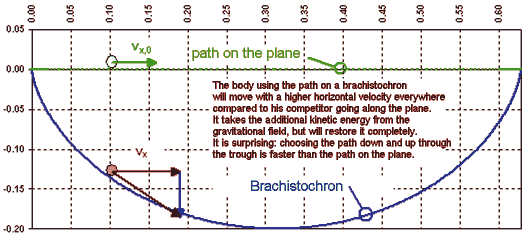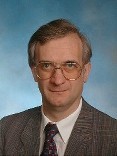| |
Efficiency
and the Efficiency Factor |
|
|
The figure illustrates that increased efficiency is more than just increasing the efficiency factor. The efficiency factor of the compressor (right hand side) is increased. However - far more important is the increased efficiency by the better insulation of the cabinet. That significantly changes the quotient (cooled space)/"cooling energy". "Cooling energy" is not a physical quantity in a strict sense: it is thermal energy to be removed. More
about the 11th Conference on Passive Houses 2007 April 13th/15th
2007: www.passivhaustagung.de.
12 Ltrs/100
pers.km (an old car)
Wissensch_Kultur_Passivhaus.pdf (164 kB, German!), Conclusion: To guaranty the most services, one does not need any energy; or, at least, it will be sufficient to use an extremely small amount - if only losses are reduced consequently. Increased energy efficiency therefore can substitute energy, which is required up to now, almost completely. "Energy efficiency" is almost like a new energy source - but only almost, because using energy efficiency is far better. Energy efficiency is clean, inexhaustible and free of costs during use. Energy efficiency can be made available everywhere. And: Energy efficiency can be produced by ourselves in Europe (and at any other place, too), it is integrated in smart products from the beginning - for the advantage of the users (lower running costs and increased comfort), for the advantage of the manufacturers (higher quality and therefore higher added value), for the advantage of the national economy (employment) and for the advantage of the of the environment (mitigation of global warming). There are only
winners - even the suppliers of conventional energy are winners,
looking at an adequate time horizon: E.g. the supply of oil will
last for more decades and with lower risks, if the efficiency of
using energy is increased. |
| It is often mistakenly thought that "efficiency" is the synonomous with the efficiency factor. That is only true, if both quantities on the right hand side of the definition efficiency = benefit / effort have the dimension of "energy" or "power". But very often the benefit has nothing to do with energy. For example, the benefit can be a mileage (unit "miles"). The effort e.g. is the fuel needed (unit "gallons") and the efficiency of this service will be given by mileage / (fuel consumption) with the unit "miles/gallon". In Europe the inverse value effort coefficient = 1/efficiency is established: the specific fuel requirement in (liter fuel)/(100 km). Such values characterising the efficiency are not "efficiency factors" - they are values with a dimension. It is not possible to introduce an efficiency factor instead of these quantities. Looking at most services produced by the use of energy you will find, that they do not have the dimension of energy. And, there is no "minimum energy demanded" for those services on physical reasons. The belief in the contrary is widely spread, too - but not valid. The "minimum energy" in most cases is zero (or, in same cases, an extremely small value near to zero). That sound like an academic
question? No, not at all. This is a key insight. But it is not only true for heating, it is quite similar with many other applications of energy: At the end of the supply chain, the final use is made out of the energy supplied. At this end there are the major potentials for an increased efficiency: And it is not a few percents which can be saved; it is the major part - in most cases. Examples:
A thorough analysis of all services produced with the input of energy reveals: From a physical point of view energy is used predominantly to maintain an unstable situation. But these can be regularly transformed by smart measures into near equilibrium conditions. To realise this, only a very small amount of energy is required. Examples:
Back to the page on efficiency. Download
article on energy efficiency (492 kB) (pdf, German). updated:
2006-09-23 WF - thanks to Dylan Lamar for proof reading |

